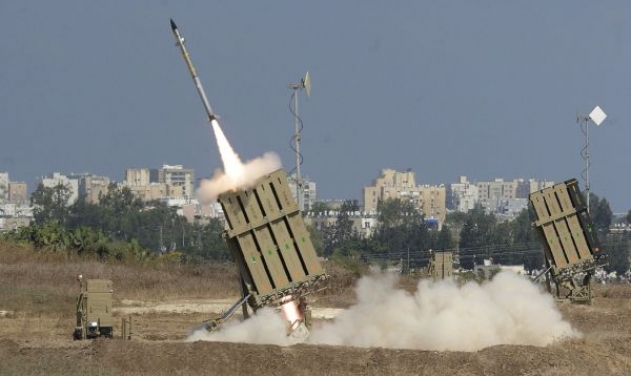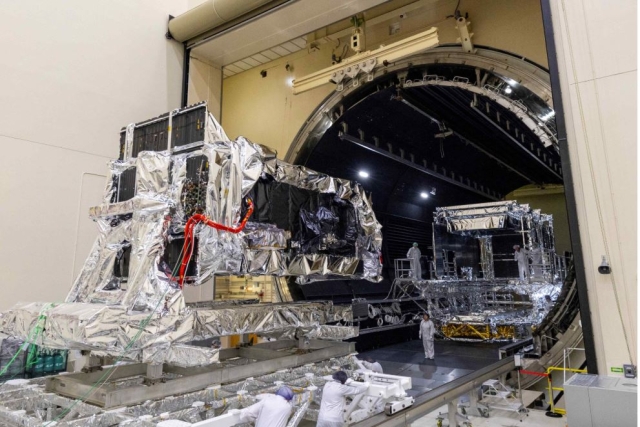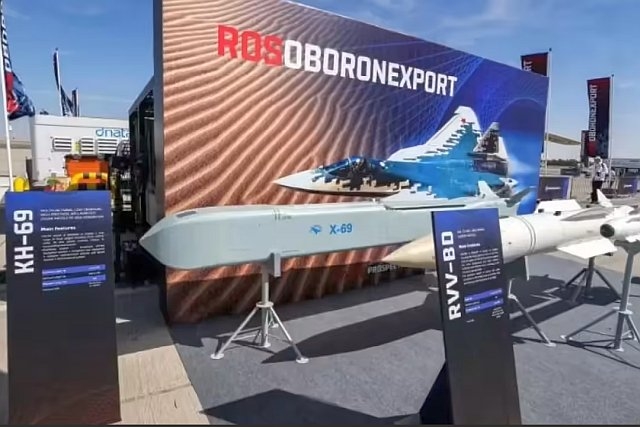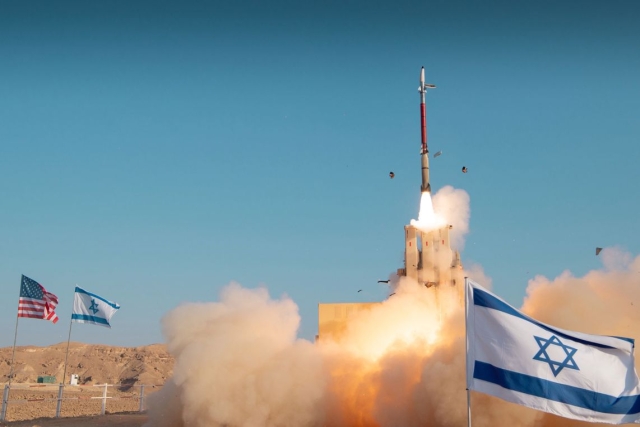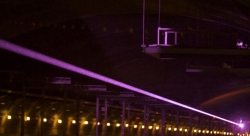Pentagon Reviews Golden Dome Missile Shield in 2025 Defense Budget Talks
New system aims to counter evolving threats from hypersonic, cruise, and space-based weapons through a unified, layered defense network

Pentagon officials presented details of the proposed Golden Dome missile defense initiative to lawmakers on Capitol Hill, outlining how the system would protect the United States from a growing range of missile threats, including hypersonic and space-launched weapons.
Testifying before the Senate Armed Services Committee’s strategic forces subcommittee, officials from across the U.S. defense enterprise said Golden Dome represents a major shift in how the country plans to address aerial threats from adversaries such as China and Russia.
The system was initiated by an executive order from President Donald J. Trump on Jan. 27, 2025. It is designed as a nationwide, multi-layered missile defense network that will integrate existing systems with new capabilities, drawing inspiration from Israel’s Iron Dome but scaled to defend the continental United States.
“We are looking at the most catastrophic threats facing the United States — from ballistic and cruise missiles to maneuverable hypersonic glide vehicles and space-based attacks,” said Andrea Yaffe, who is performing the duties of assistant secretary of defense for space policy. “Golden Dome will use both kinetic and non-kinetic methods of missile defeat, supported by advanced command, control, and battle management systems.”
A recent report by the Defense Intelligence Agency warned that adversaries are rapidly developing sophisticated missile capabilities that can evade traditional defense systems. These include fractional orbital bombardment systems, stealthy cruise missiles, and hypersonic glide vehicles that can maneuver mid-flight to avoid detection and interception.
Air Force Gen. Gregory M. Guillot, commander of U.S. Northern Command and North American Aerospace Defense Command (NORAD), emphasized the importance of domain awareness “from seabed to space.” He said Golden Dome’s success will depend on fusing data from sensors across land, air, sea, and space to give U.S. forces a complete picture of incoming threats.
Lt. Gen. Heath A. Collins, director of the Missile Defense Agency (MDA), said his agency is central to the effort. “We’ve been developing, testing, and deploying missile defense technologies for over four decades,” Collins told senators. “Now we’re working to bring all of those elements together into a single, unified architecture.”
That architecture will include ground-based interceptors in Alaska and California, space-based sensors, fighter jet-based defenses, ship-borne systems, and more. Collins said the challenge lies in ensuring all these components can work together in real-time under the Golden Dome framework.
“Our current systems cannot counter all of today’s threats — particularly those coming from space or traveling at hypersonic speeds,” Sen. Deb Fischer said.
Retired Gen. Glen D. VanHerck, former commander of NORAD and Northcom, estimated it could take five to 10 years to deploy the space-based components needed for full operational capability. Until then, Pentagon officials said they are focused on integrating available systems to strengthen current defenses.

